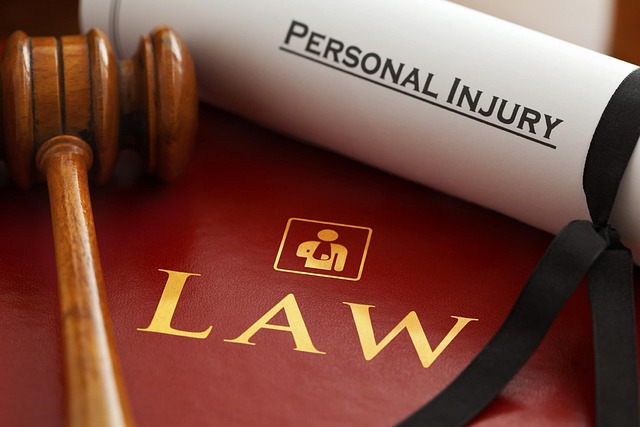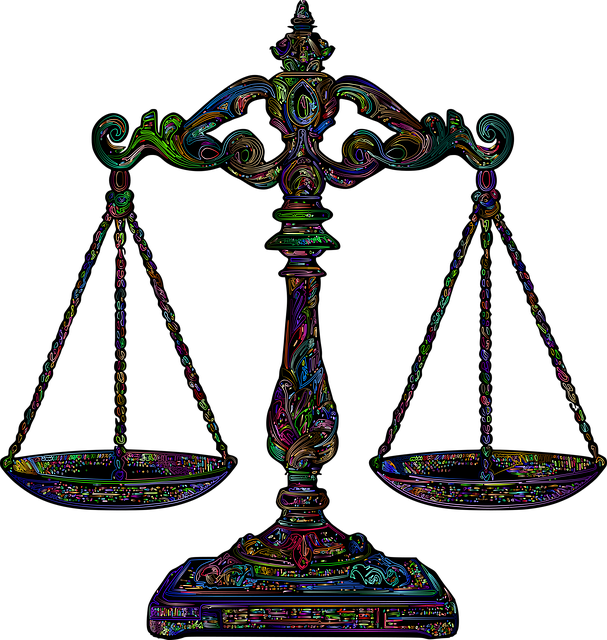Documenting Wrongful Death Damages: A Comprehensive Guide

In cases of wrongful death, meticulous documentation of financial losses is crucial for a comprehens…….
Wrongful death damages, a cornerstone of civil litigation, represent the financial compensation awarded to survivors following an individual’s untimely demise due to another party’s negligence or intentional act. This complex legal concept goes beyond mere monetary recompense; it serves as a vital mechanism for holding accountable those responsible for a loved one’s premature passing and providing a modicum of solace to bereaved families. In this comprehensive article, we embark on a journey through the intricacies of wrongful death damages, exploring its historical roots, global impact, economic implications, technological innovations, regulatory frameworks, challenges, and future prospects. By delving into these aspects, we aim to equip readers with a profound understanding of this critical aspect of legal redress.
At its core, wrongful death damages refer to the legal remedy available to relatives or dependents when an individual’s death is caused by the negligence or intentional misconduct of another person, entity, or organization. These damages are intended to compensate survivors for their losses, including both economic and non-economic factors. The key components typically include:
The concept of wrongful death damages has evolved over centuries, reflecting societal changes and legal advancements. Its origins can be traced back to medieval English common law, where the idea of allowing survivors to seek redress for a loved one’s wrongful death emerged. Over time, this principle spread globally, with various jurisdictions developing their own legal frameworks to address these sensitive matters.
The significance of wrongful death damages lies in several critical aspects:
The concept of wrongful death damages has permeated legal systems worldwide, albeit with variations in scope, eligibility criteria, and calculation methods. Some countries have robust frameworks in place, while others struggle to provide adequate compensation to survivors. This disparity highlights the need for international cooperation and standardized guidelines to ensure fair treatment for all victims’ families.
Wrongful death damages have significant economic implications, influencing insurance markets, investment behaviors, and employment practices. Here’s how:
The economic impact extends beyond the immediate parties involved:
Technological innovations have revolutionized wrongful death litigation:
The future holds even more possibilities:
The regulatory landscape governing wrongful death damages varies across jurisdictions but generally includes:
Policies and regulations play a pivotal role in:
Wrongful death damages face several challenges and criticisms that require attention:
To address these challenges:
In a landmark case in the United States, a patient died due to a misdiagnosis by a hospital. The family successfully pursued wrongful death damages, resulting in a substantial settlement. This case highlighted the importance of clear medical record-keeping and led to improved protocols for patient safety.
A class-action lawsuit in Europe targeted a major manufacturer whose defective vehicle parts caused multiple deaths. The plaintiffs secured a substantial award, forcing the company to enhance product testing and recall procedures, thus preventing future tragedies.
These case studies teach valuable lessons:
The landscape of wrongful death damages is ever-evolving, with several emerging trends:
To navigate the future:
Wrongful death damages, a complex legal domain, plays an indispensable role in safeguarding the rights of survivors and promoting justice following a tragic loss. From its historical roots to its global impact, this concept has evolved to address the multifaceted challenges of compensating victims and holding wrongdoers accountable. As technology advances and societal needs change, wrongful death damages will continue to adapt, ensuring that those left behind receive fair treatment and support during their most vulnerable times.
Q: What is the time limit for filing a wrongful death claim?
A: The statute of limitations varies by jurisdiction. Typically, it ranges from one to three years from the date of death, but some cases may have exceptions or extended periods for certain circumstances.
Q: Can I pursue damages if the defendant has filed for bankruptcy?
A: Yes, in many cases, assets can be recovered and distributed to victims through bankruptcy proceedings, even after a company files for protection.
Q: How do non-economic damages get calculated?
A: Non-economic damages are often subjective and difficult to quantify. Courts may consider factors like pain and suffering, loss of companionship, and emotional distress to award compensation based on the unique circumstances of each case.
Q: Are there any situations where a victim might be partly at fault for their own death?
A: Some jurisdictions follow pure comparative negligence, meaning the victim’s percentage of fault is taken into account when calculating damages. However, this varies by location, and cases are often complex, so legal advice is essential.
Q: Can wrongful death damages help prevent future tragedies?
A: Absolutely! Successful cases often lead to improved safety measures and industry regulations, ultimately preventing similar incidents from occurring in the future.

In cases of wrongful death, meticulous documentation of financial losses is crucial for a comprehens…….

Wrongful death occurs when negligence or intentional actions cause an avoidable death, allowing affe…….

Wrongful death damages include essential funeral costs, such as mortuary services, caskets, burial p…….

Proving causation in wrongful death damages cases is intricate, demanding expert analysis, thorough…….

When multiple heirs are involved in a wrongful death claim, wrongful death damages distribution beco…….

Wrongful death damages help families seek justice and compensation when a loved one dies due to some…….

Assessing and documenting financial losses, including medical bills, funeral expenses, lost wages, p…….